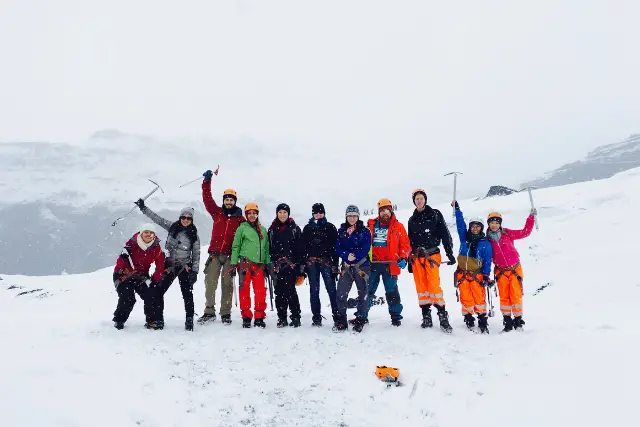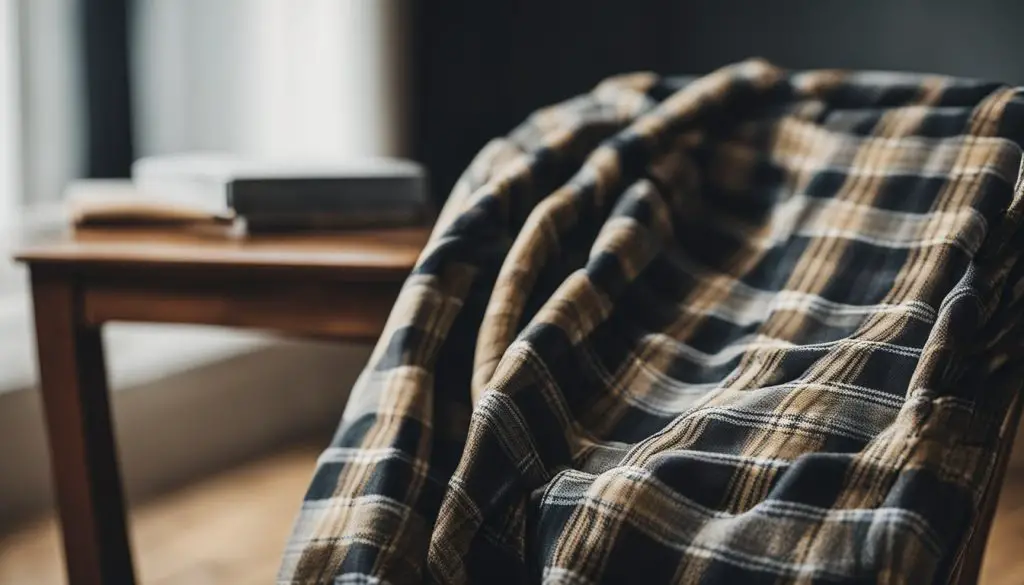Planning a camper adventure in Iceland this August? Renting a camper lets you explore Iceland’s incredible landscapes, from majestic waterfalls and glaciers to remote highlands, all on your own schedule. But Iceland’s famously unpredictable weather means it’s essential to pack carefully, so you stay comfortable and ready for anything.
Iceland’s August Weather: What to Expect
August is one of Iceland’s warmer months, with temperatures generally ranging from 8°C (46°F) to 14°C (57°F). However, the chill factor of coastal winds and sudden weather shifts can make it feel much colder. Whether you’re winding along scenic coastlines or trekking through highland trails, knowing what to wear will ensure your journey is both enjoyable and comfortable.
Essential Clothing Layers for Iceland in August

Exploring Iceland by camper means you’ll need the right gear for varied weather. Motorhome Iceland offers rentals that allow you to experience Iceland’s dramatic landscapes with comfort and flexibility, but dressing for the weather is key to fully enjoying your adventure.
- Outer Layer: Waterproof and Windproof Jacket
A high-quality, waterproof, windproof jacket with a hood is a must in Iceland. This layer will shield you from unexpected rain showers, coastal winds, or even waterfall mist. Staying dry is crucial to staying warm, and a good jacket is your first line of defense.
- Mid-Layer: Fleece or Wool Sweater
A warm mid-layer, like a fleece or Icelandic wool sweater, provides insulation without too much bulk. Icelandic wool (known locally as “lopi”) is popular for its warmth, lightweight feel, and natural water resistance. If wool isn’t comfortable for you, opt for a synthetic fleece, which offers similar warmth.
- Base Layer: Thermals
Thermal shirts and leggings are perfect for cool mornings and highland hikes. They’re easy to pack, don’t take up much space, and offer invaluable warmth on unexpectedly chilly days.
- Pants: Water-resistant and Quick-Drying
Avoid jeans and opt for quick-drying, water-resistant pants. For colder days or highland hikes, you can layer thermal leggings underneath for added warmth. Quick-drying pants are a great choice as they keep you comfortable even if you get caught in the rain.
- Footwear: Sturdy Waterproof Hiking Boots
Iceland’s rugged, rocky paths call for durable waterproof hiking boots with excellent traction.
Good boots make your journey safer and more comfortable, especially around waterfalls and glacier trails. Don’t forget warm, moisture-wicking socks to keep your feet dry all day.
Key Accessories for Iceland in August
When exploring Iceland’s unpredictable terrain and weather, a few key accessories can make a world of difference:
- Hat and gloves: Even in August, a warm hat and windproof gloves are essentials, especially when the wind picks up. Look for gloves that allow you to operate your camera or phone without removing them.
- Sunglasses: Iceland’s daylight can be strong, especially with almost 24-hour light. Sunglasses protect your eyes and reduce glare.
- Rain poncho and flynet: A compact rain poncho is invaluable for surprise showers, while a flynet can help in areas with high insect activity.
- Swimsuit: Don’t miss the chance to experience Iceland’s iconic geothermal pools, like the Blue Lagoon or Secret Lagoon. A swimsuit is essential for these relaxing stops!
Additional Essentials for Camper Travelers in Iceland

Traveling by camper? Here are a few extras to consider for a smooth and comfortable journey:
- Quick-dry towels for drying off after hot springs or if you’re caught in a downpour.
- Portable chargers to keep your devices powered up while on the go.
- Sleep mask to help you rest despite Iceland’s extended summer daylight.
What Not to Bring to Iceland
Cotton and Denim
Cotton and denim retain moisture and dry slowly, which can make them uncomfortable in Iceland’s wet conditions. Reserve your jeans for city outings and opt for quick-drying alternatives when out exploring.
Fancy or Restrictive Clothing
Iceland’s wild terrain is best experienced in comfortable, functional clothing. Leave tight or restrictive outfits at home and focus on clothes that allow freedom of movement.
Sandals and Flip-Flops
While tempting, sandals aren’t practical for Iceland’s rugged paths. Closed-toe, sturdy shoes with good grip are far more suited to the terrain.
Insider Tips from Locals for Dressing in Iceland
Even Icelanders have a hard time predicting the weather! Here are some local tips to help you pack smart:
- Dress for “Four seasons in a day”: Iceland’s weather can shift from sunny to stormy in minutes, so layering is key.
- Prepare for wind: Coastal winds make temperatures feel colder, so prioritize windproof layers.
- Stay dry: Iceland’s moisture-rich air means waterproof clothing is essential to stay comfortable outdoors.
Exploring Iceland’s Waterfalls by Camper: Regional Highlights
Exploring Iceland’s iconic waterfalls by camper gives you the freedom to travel at your own pace. Waking up near these natural wonders means you can enjoy quiet mornings by the falls, soaking in the views without the crowds. Here are some top waterfalls by region, with tips on camper accessibility and seasonal highlights.
FAQs: What to Wear in Iceland in August
Is it cold in Iceland in August?
Though August is one of Iceland’s warmer months, temperatures can still feel chilly due to wind and sudden weather changes. Dressing in layers is the best approach.
Can you wear shorts in Iceland in August?
Shorts may be comfortable on rare warm days, but long pants are generally more practical. Layering with thermal leggings is a good option for cooler days.
Is a swimsuit necessary in August?
Absolutely! Iceland’s geothermal pools are a must-visit, and you’ll want a swimsuit to enjoy them fully.
What shoes should I wear for hiking in Iceland?
Waterproof hiking boots with a good grip are essential for Iceland’s varied terrain, from rocky paths to slippery waterfall trails.
What type of jacket is best for Iceland in August?
Choose a waterproof and windproof jacket with some insulation to protect against rain, wind, and cooler temperatures.
Final Thoughts: Get Ready for Iceland’s August Weather on a Camper Adventure
With its breathtaking landscapes, unpredictable weather, and the freedom of a camper, Iceland in August is a unique experience. Dressing in layers, choosing the right waterproof and windproof gear, and packing versatile accessories will ensure you stay comfortable and prepared for Iceland’s variable weather. So pack smart, embrace the adventure, and make the most of your Icelandic journey!



